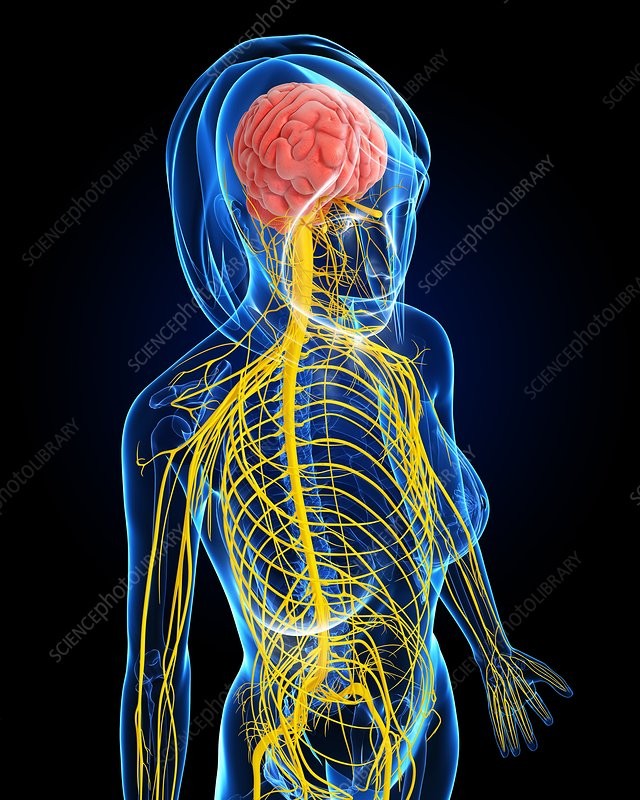Guided imagery is a mind-body technique that involves using directed thoughts and suggestions to create mental images that can evoke feelings of relaxation, reduce stress, and promote healing. It’s like taking a vacation in your mind, where you can escape to a peaceful place and let go of worries and tension. This technique often involves a trained practitioner guiding you through a visualization process, but it can also be self-guided through recordings or scripts.
Guided imagery can be used in a variety of settings, including hospitals, clinics, and private practices, and is often used as a complementary therapy alongside conventional medical treatments. It’s generally considered safe and non-invasive, making it a popular choice for people seeking natural ways to manage their health and well-being.
Pain Relief with Guided Imagery
One of the most well-known benefits of guided imagery is its ability to relieve pain. By focusing on positive and pleasant mental images, individuals can distract themselves from the sensation of pain.
For instance, individuals suffering from arthritis and other rheumatoid diseases (AORD) often experience pain and inflammation in their joints. Considering the potential side effects associated with pharmaceutical interventions, many AORD patients explore psychosocial approaches such as guided imagery to alleviate their discomfort. Research indicates that guided imagery can be an effective tool for managing pain in individuals with AORD-related conditions. The mental imagery provides a focus away from the pain signals, helping to reduce their perceived intensity.
Alleviating Stress through Visualization
Chronic stress can have detrimental effects on both the brain and body. Guided imagery offers a potential solution for stress reduction. By guiding individuals to visualize peaceful and calming scenarios, it helps them detach from stressors and enter a state of relaxation.
A study investigating the impact of guided imagery on pregnant teenagers revealed a reduction in both short-term and long-term stress levels. This finding supports the use of guided imagery as a stress management technique. Another study examining the effect of guided imagery on teenagers found that guided imagery delivered in a group format reduces levels of cortisol in saliva and feelings of stress. Cortisol is a stress hormone whose levels may increase slightly during chronic stress. However, more research is required to determine the precise effect of imagery on stress levels.
Reducing Anxiety with Nature-Based Imagery
Anxiety is a common mental health concern that can significantly impact daily life. Guided imagery has shown promise in reducing anxiety symptoms, particularly when combined with nature-based visualizations.
While spending time in nature has a known anxiety-reducing effect, it may not always be feasible for everyone. Research suggests that nature-based guided imagery is more effective at reducing anxiety compared to non-nature-based imagery. This highlights the potential of incorporating natural elements into guided imagery sessions for enhanced therapeutic benefits.
Guided Imagery as an Aid to Quit Smoking
Smoking remains a leading cause of preventable death, and quitting can be a difficult process. Guided imagery offers a supportive tool for individuals seeking to overcome nicotine addiction.
Research indicates that incorporating guided imagery interventions into quitlines (telephone counseling for smoking cessation) can be a practical approach, potentially reaching a broader audience. Guided imagery for smoking cessation aims to help individuals cope with cravings and maintain their motivation to quit. Further research into the value of guided imagery for smoking cessation would be beneficial.
Easing Depression Symptoms through Positive Mental Imagery
Negative mental images can be a significant factor in the development and continuation of depression. Positive imagery through guided imagery may help to counter these negative thought patterns.
 Person using guided imagery to visualize positive outcomes and combat depression
Person using guided imagery to visualize positive outcomes and combat depression
A clinical trial study evaluating the effect of guided imagery on individuals undergoing hemodialysis, a group prone to anxiety and depression, found that those who received the guided imagery intervention experienced lower levels of both anxiety and depression compared to those who did not.
Enhancing Sleep Quality Through Relaxation
Sleep disturbances are a prevalent issue, particularly among older adults and those facing surgery. Guided imagery has emerged as a potential remedy for improving sleep quality.
Research into the effect of guided imagery and relaxation techniques on older adults undergoing abdominal surgery suggests that guided imagery can effectively improve sleep quality. Additionally, a study examining the impact of a 30-minute guided imagery recording on individuals in a progressive care unit revealed that the intervention helped alleviate insomnia. These studies suggest that guided imagery can promote relaxation and improve sleep patterns.
In conclusion, guided imagery is a versatile and potentially beneficial technique that can be used to address a wide range of physical and mental health concerns. It offers a safe and non-invasive way to promote relaxation, reduce stress, manage pain, and improve overall well-being. As research continues to explore the applications of guided imagery, it may become an increasingly valuable tool in healthcare and self-care practices.